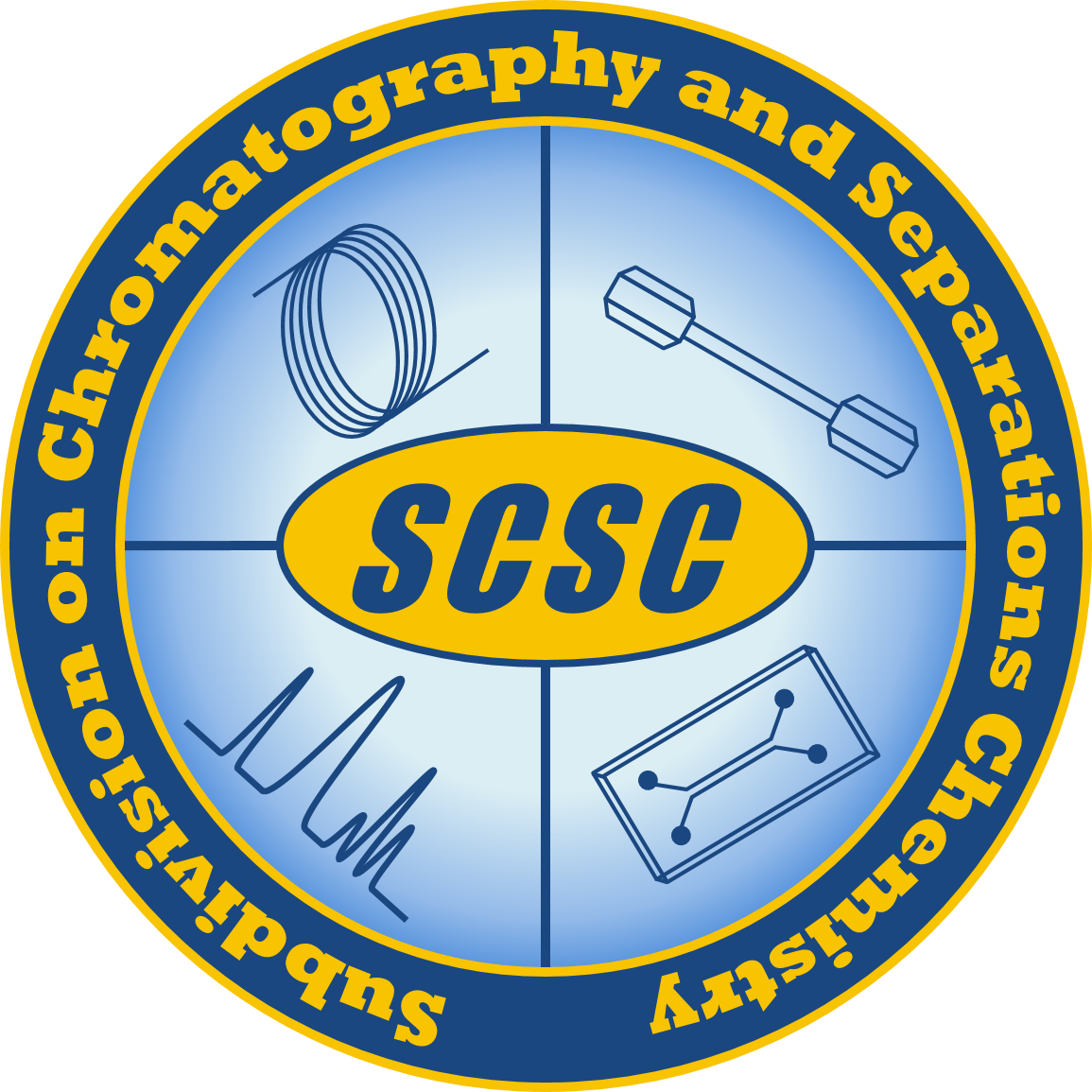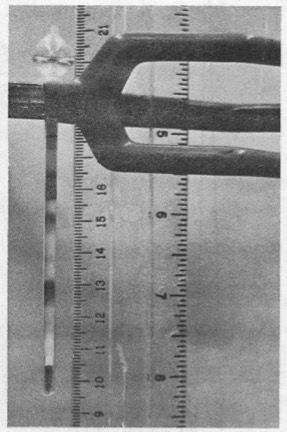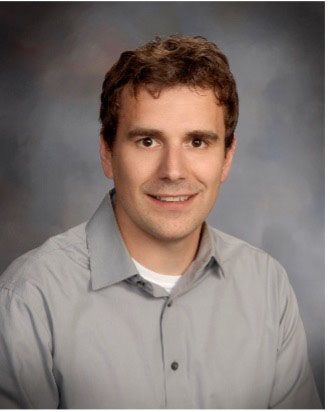The LCGC Blog: Digging Deeper into the History of HPLC: Elmar Piel
Ron Majors was the 2020 recipient of the Chromatography Forum of the Delaware Valley (CFDV) Award, which is given to those who have provided exceptional service for the Forum in addition to outstanding contributions within the field of chromatography. Readers of LCGC are well aware of his nearly 60 years of research and leadership in this area (1), but few outside the Delaware Valley region know of his decades of membership on the CFDV Executive Committee, including two terms as president. As part of this well-deserved honor, Ron gave a (remote) address to the organization in October 2020, detailing his many accomplishments in the field and summarizing the current state-of-the-art in high performance liquid chromatography (HPLC) column technology (2). However, it was his introduction describing the early days of HPLC that stood out to me, specifically a name I had not heard before: Elmar Piel. For this month’s blog post, I invited Ron to join me in writing a bit more about this scientist who may be unfamiliar to many chromatographers.

This blog is a collaboration between LCGC and the American Chemical Society Analytical Division Subdivision on Chromatography and Separations Chemistry.
The Research We Know
Leslie Ettre was well known for his work in capillary gas chromatography (GC), but also for his love of the history of modern chromatography. From 1999 to–2008, he contributed the “Milestones in Chromatography” series to LCGC (3), and expanded on these articles in his 2008 book Chapters in the Evolution of Chromatography (4). This book is a must-read for chromatographers, as it carefully details a century of research in the field based on both published scientific literature and personal accounts of the work. Full chapters of the book are dedicated to the key developments in liquid-phase separation instruments from the mid-1900s: (A) the work of Stein, Moore, and Spackman, and later Hamilton, on ion exchange chromatography, (B) the work of Moore and the Waters Corporation in gel permeation chromatography, and (C) the development of the modern HPLC by Horváth, Preiss, and Lipsky. Ettre then goes on to highlight other key researchers that are often tied to the early development of HPLC: Giddings, Pretorius, Knox, and Locke on the theoretical side, and Huber, Kirkland, Snyder, and Scott on the experimental side. Most of these names are very familiar to chromatographers, and many scholars in the field are easily able to point to specific papers from these authors that demonstrate key advances in the field. A number of foundational papers written by these authors cite an Analytical Chemistry paper from 1966 entitled, “Accelerated Microparticulate Bed Liquid Chromatography,” written by Elmar V. Piel (5). Far fewer modern chromatographers are aware of this paper, however. What work does it actually describe?
The Work of Elmar Piel on Early HPLC
In his paper, Piel describes early approaches to the use of microparticulate-packed columns for liquid-phase separations. Of the roughly three dozen citations the paper has received, only a half dozen have come in in the past two decades, with two from Ron himself in LCGC. In 2015, Majors detailed the overall focus of the paper in reference to pivotal works that led to modern HPLC (6):
“The first is a little known 1966 paper by Piel written as a short contribution to Analytical Chemistry where the author slurry-packed finely ground silica, calcium carbonate, or alumina particles into 1- or 2-mm i.d. glass columns. The mobile phase was driven by centrifugation or with a high liquid pressure differential using a pump capable of 3500 psi operation. The particles used varied from less than 1-µm to 0.012-µm. The centrifugal driving force was 1000-1500 times gravity and was applied for 5 min while the pump’s full pressure was applied. The beds varied from 1.6-4.0 cm in length. Samples included various dyes as well as a spinach extract. Separations took only a few minutes for both operations. Piel claimed ‘excellent resolution and high capacity of microparticulate beds’ and showed the results in his accompanying figures.”
Figure 1: Separation of dyes on an alumina column with centrifugal driven mobile phase flow. Reprinted with permission from (5). Copyright (1966) American Chemical Society.

Earlier in 2006, Ron was discussing the early development of silica particles designed for HPLC columns in the early 1970s, and infers why the work may have not received significant attention when first published (7):
“At the time, column researchers knew that small porous particles (less than 20 μm) would provide even better efficiency and maintain the high capacity of the earlier porous packings. Some earlier work by Piel in 1966…showed promise, but the particles that [he] used were commercially available Cabosil (Cabot, Billerica, Massachusetts, USA) fumed-silica packings that were sub-1.0 μm sizes, were fairly inert, were difficult to handle and required extremely high pressures to operate. In short, these particles were unsuitable for the current needs at the time.”
Thus, although my first realization of the impact of this paper did not come until late 2020, Ron had been discussing this paper nearly fifteen years ago when I was a student in the classroom rather than the professor! During his award talk, Ron mentioned that Piel patented the first centrifugation-driven technique reported in the paper (8), but history might have turned out differently had it been the pump-driven operation that he pursued—the instrument we now know as the high pressure liquid chromatograph! A cursory search of the literature indicates that his subsequent papers focused on education-focused laboratory tools, although he did publish one additional paper in GC (9) two years before he published the LC paper discussed here. While investigating this post, I also learned that Elmar was part of the Piel Brewery dynasty from Brooklyn and that his father was a brewmeister there—a family legacy in chemistry! (10)
Digging Deeper into Chromatography History
Efforts to maintaining the history of a technical field like HPLC has often relied on those individuals interested in the topic (such as Ettre), trade publications like LCGC, and local discussion groups (including CFDV). However, the details provided here were primarily obtained through a search of the scientific literature, which is fairly accessible to most practicing chromatographers. What other interesting papers and stories are waiting out there to be discovered?
Acknowledgements
Special thanks to Prof. Alfred McCoy (University of Wisconsin) for helpful discussions.
References
1.R. E. Majors, LC-GC North Am. 33(11), 10-19,27 (2015).
2.R. E. Majors, LC-GC North Am. 36(2), 128–131 (2018).
3.L. S. Ettre, LC-GC North Am. 26(4), 370–374 (2008).
4.L. S. Ettre and J. V. Hinshaw, Chapters in the Evolution of Chromatography (Imperial College Press, London, 2008).
5.E. V. Piel, Anal. Chem. 38(4), 670–672 (1966).
6.R. E. Majors, LC-GC North Am. 33(11), 818–840 (2015).
7.R. E. Majors, LC-GC Eur. 19(6), 352–362 (2006).
8.E. V. Piel, Chromatographic process, GB1135522A (1966).
9.E. V. Piel, Anal. Chem. 36(3), 696–697 (1964).
10.A. W. McCoy, Beer of Broadway Fame: The Piel Family and Their Brooklyn Brewery (State University of New York Press, Albany, 2016).
James Grinias

James Grinias is an associate professor in the Department of Chemistry & Biochemistry at Rowan University.
Ron Majors

Ron Majors (ChromPrep LLC) is currently a chromatography/sample prep consultant after having retired from Agilent Technologies as a senior chemist in late 2013. He was also the editor of “Column Watch” and “Sample Preparation Perspectives” for LCGC for over 30 years, retiring as a monthly columnist in 2015.

This blog is a collaboration between LCGC and the American Chemical Society Analytical Division Subdivision on Chromatography and Separations Chemistry (ACS AD SCSC). The goals of the subdivision include
- promoting chromatography and separations chemistry
- organizing and sponsoring symposia on topics of interest to separations chemists
- developing activities to promote the growth of separations science
- increasing the professional status and the contacts between separations scientists.
For more information about the subdivision, or to get involved, please visit https://acsanalytical.org/subdivisions/separations/.
Characterizing Polyamides Using Reversed-Phase Liquid Chromatography
May 5th 2025Polyamides can be difficult to characterize, despite their use in various aspects of everyday life. Vrije Universiteit Amsterdam researchers hoped to address this using a reversed-phase liquid chromatography (RPLC)-based approach.
New Method Explored for the Detection of CECs in Crops Irrigated with Contaminated Water
April 30th 2025This new study presents a validated QuEChERS–LC-MS/MS method for detecting eight persistent, mobile, and toxic substances in escarole, tomatoes, and tomato leaves irrigated with contaminated water.
University of Tasmania Researchers Explore Haloacetic Acid Determiniation in Water with capLC–MS
April 29th 2025Haloacetic acid detection has become important when analyzing drinking and swimming pool water. University of Tasmania researchers have begun applying capillary liquid chromatography as a means of detecting these substances.

.png&w=3840&q=75)

.png&w=3840&q=75)



.png&w=3840&q=75)



.png&w=3840&q=75)






